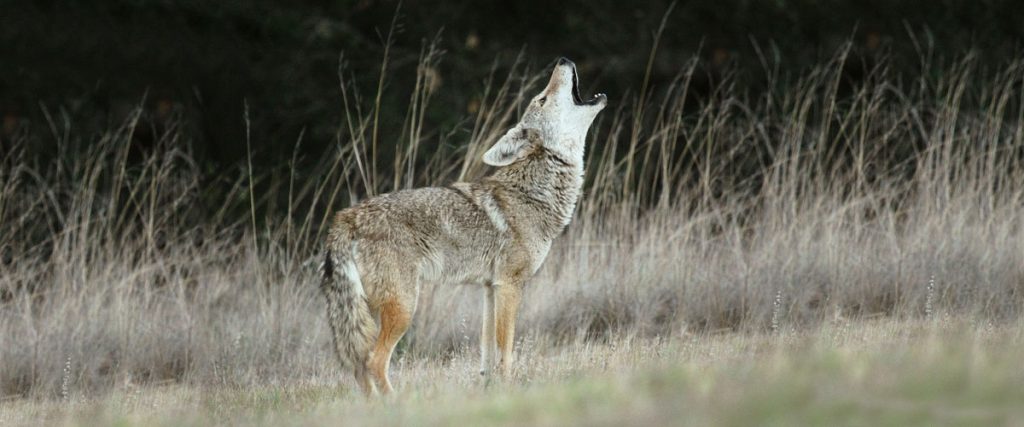
Learn more about coyotes in Illinois in OutdoorIllinois Journal:
Coyotes are valuable members of the wildlife community. They help keep populations of small mammals and rabbits under control. As Illinois’ largest remaining predator, they are an integral part of healthy ecosystem functioning.
There are many misconceptions about coyotes and their role in urban landscapes. In 2000, a collaborative research project began between the Max McGraw Wildlife Foundation, the Forest Preserve District of Cook County, the Brookfield Zoo, and the Zoological Pathology Program from the University of Illinois. The initial project resulted in a six-year study of coyotes living in Chicago and surrounding suburbs. The researchers captured 253 coyotes and placed radio collars on 175 so that they could track their movements. Their findings indicate that coyotes are an asset in the urban environment. Check out the latest from the Urban Coyote Project.
Coyotes belong to the family Canidae (dog family) along with other dog-like mammals such as the red fox, gray fox, and gray wolf.
The coyote looks like a medium-sized dog, but its nose is more pointed and its tail is bushier than most dogs. A coyote holds its tail down between the hind legs when running.
Coyotes’ fur is typically gray to yellow-gray, with guard hairs tipped in black. The fur often has a tinge of red behind the ears and around the face, but fur color varies among individuals. Some of the color variation in Illinois coyotes is due to hybridization with domestic dogs.
Because of their long fur, coyotes are often mistaken as being much larger than they actually are, especially during the winter when their fur is thicker.
Coyotes are 23 to 26 inches high and 3 to 4½ feet long. They typically weigh 20 to 40 pounds but sometimes weigh up to 55 pounds. Illinois coyotes are usually larger than those from the western United States.
Instead of having brown irises, like most dogs, a coyote’s eyes are a striking yellow color with large, dark pupils A coyote’s eyeshine is greenish gold. The nocturnal yaps and howls of coyotes may be their most distinguishing characteristic.
Coyotes are found throughout Illinois—in rural, suburban, and highly urban areas. To see a coyote resting in or crossing a backyard, golf course, park, or field is normal coyote behavior. It is also common to see coyotes out during the day. As long as they are given their space, and they are not injured or being fed by people, coyotes do not typically pose a threat to people.
For more information about coyotes in urban areas, check out the Urban Coyote Project.
Here are some steps to prevent human–coyote conflicts:
Coyote tracks can be difficult to distinguish from medium-sized dog tracks, but they are typically more oval-shaped than dog tracks. A coyote print has two nail prints at the top of the paw in addition to having a larger heel impression. Coyote tracks will appear in a straight line whereas dogs often shift directions constantly, leaving a random track pattern. The track of a coyote’s hind foot may almost overlap the track of their front foot.
Coyote scat looks very similar to dog droppings, but often small bones, fur, or vegetable matter will be visible. Coyotes often deposit their scat in the middle of trails or near the borders of their territories where the scat can be easily seen.
Coyotes are common across Illinois and have increased during the past few decades. For these reasons, the IDNR uses Hunter Harvest Surveys to monitor the status of the coyote population. Surveys conducted by the Illinois Natural History Survey during 2013 through 2017 estimated an average annual harvest of about 85,000 (range of 54,444 to 110,738) coyotes, which was only a fraction of the total statewide population. More information on coyote harvest can be found in Legal Status below.
Coyotes are nocturnal (most active from dusk until dawn), but they are sometimes seen during the day. They communicate with a variety of vocalizations, including barks, yips, and howls.
Coyotes live in close proximity to humans throughout North America. This video produced by the Colorado Division of Wildlife explains typical coyote behavior.
Coyotes serve an important ecological role by keeping populations of rabbits, mice, voles, and other animals from growing too large.
Coyotes in Illinois are not considered to be a public health concern. Coyotes can be carriers of canine distemper, parvovirus, rabies, and mange (Sarcoptes scabiei). These are diseases to which domestic dogs, cats, and livestock may be susceptible. However, only mange and rabies have public health implications.
Sarcoptic mange is caused by mites that burrow into the skin. The burrowing of the mites causes severe itching. Sarcoptic mange is contagious to humans and domestic pets (cats and dogs).
Coyotes can be carriers of rabies. This disease is transmittable to humans, pets, and domestic livestock and is fatal if not treated early. If you see a coyote that demonstrates neurological symptoms such as tremors, lack of coordination, paralysis, or convulsions, you should contact your local Illinois Department of Natural Resources district wildlife biologist.
Coyotes occupy a variety of habitats in Illinois. They prefer semi open country, with a mix of grasslands and woodlands. However, they are very adaptable, and it is not uncommon to find coyotes living in suburban or urban areas.
Coyotes in Illinois tend to have large home ranges compared with coyotes in the western states. In central Illinois, researchers documented an adult male with a home range of 13 square miles and a subadult male with a home range of 39 square miles. In Cook County, Illinois, solitary coyotes traveled over 20 square miles, while coyotes living in family groups traveled over 3 square miles.
Coyotes took over the role of largest predator in Illinois after wolves and cougars were eliminated from the state during the 1860s. Coyotes hunt mice and voles, rabbits, fawns, and other prey, but they supplement their diet with insects, plants, and fruits and berries when these items are seasonally available. Besides being good hunters, coyotes are opportunistic feeders and will occasionally eat carrion, garbage, and pet food that has been left outside. Coyotes may also kill livestock and poultry. However, there are many feral dogs in Illinois, and often coyotes are blamed for livestock depredation actually caused by feral dogs. It is also commonly thought that urban coyotes frequently prey upon cats and small dogs. A study of coyotes in Cook County found that small rodents were the primary food source for urban coyotes. Cat remains were found in less than two percent of the coyote scat studied.
Reproduction & Longevity
Breeding peaks in late February or early March. Gestation is approximately 58 to 65 days, with pups born during late April or May. Litters of 2 to 19 pups have been recorded, but 6 to 7 pups per litter is average. Coyotes typically produce 1 litter per year.
Den sites may be underground; under hollow trees, logs, or brush piles; or in abandoned buildings, but most are in vacant fox, badger, or woodchuck burrows that coyotes have taken over. Pups begin playing near the den entrance at three to four weeks of age. Pups are weaned by the time they are two months old and begin to learn how to hunt when they are two to three months old. By late summer or early fall most young coyotes will be on their own, but some will stay with their parents for another year to help raise the next year’s litter.
With the extirpation of wolves and cougars from Illinois, the coyote has no remaining natural predators. Forces other than natural predation impact coyote longevity. Urban coyotes typically live less than two years, with vehicle collisions being the most common cause of death. Rural coyotes typically live three to four years. Malnutrition and disease are common mortality factors. Coyotes are susceptible to sarcoptic mange, canine distemper, and parvovirus. The oldest coyote found in a study conducted in central Illinois during 1996 and 1997 was 13 years old.
Despite common misconceptions, most coyotes do not cause problems. However, individuals do sometimes kill or injure domestic pets, young livestock, or poultry. These incidents can typically be prevented by removing resources that attract coyotes and by using exclusion techniques.
Some coyotes become accustomed to human activity and may approach close to buildings, people, or pets. Cats and small dogs should be observed closely and placed in fenced areas (yards and kennels) when coyotes are known to be present.
Excluding coyotes from your property is an effective way to prevent possible conflicts. Fencing your property can help keep coyotes out if the fence is properly installed. A fence that is at least 4 feet tall will keep most coyotes out. Chain link or sturdy welded wire fence may be used. Coyotes can jump several feet and are also very good climbers and diggers. Reinforcing the fence with an electric wire or a roll bar, or installing a taller fence, may be needed to deter an overly ambitious coyote. Since these methods can become expensive, using a dog run with a roof can help protect small dogs and may be less costly to install.
Make sure livestock and poultry have access to secure shelter and properly fenced areas.
Preventative measures do not always work. If a coyote is attacking domestic animals or livestock or is aggressive towards people, it may need to be removed. When dealing with coyotes it is safer to use the services of a nuisance wildlife control operator who has experience trapping coyotes than to trap the animal yourself. These professionals will trap and remove the animal from your property for a fee.
If you live inside city limits and have the experience and equipment to lawfully remove the coyote yourself, you will need a nuisance animal removal permit from an Illinois Department of Natural Resources district wildlife biologist or Conservation Police Officer before removing the animal. The biologist can provide information on options for resolving problems, including issuance of a nuisance animal removal permit.
The IDNR Furbearers page provides more information about hunting and trapping Furbearers. The Illinois Trapper Education Manual provides guidance on the best management practices for trapping. Trap size recommendations for coyotes are found on page 90; see Trapper Education Manual.
Current hunting and trapping seasons can be found in the Illinois Digest of Hunting and Trapping Regulations or in the Legal Status section below.
Recreational fur trapping (and hunting when and where allowed) is the preferred method to deal with nuisance furbearer issues. Trapping can help control the local population of animals and, in some cases, reduce the number of nuisance complaints and the damage that some species can cause. The Illinois Department of Natural Resources offers a lengthy trapping season (3 months, in some cases 4.5 months). Legal trapping can occur 100 yards from an occupied dwelling without permission of the occupants, closer with permission as long as there are no municipal ordinances that prohibit trapping.
In Illinois, coyotes are managed as a furbearer which requires a hunting or trapping license to harvest a coyote. Another option for problem coyotes in urban areas is a nuisance animal removal permit, issued by an Illinois Department of Natural Resources district wildlife biologist. The third option is to hire a licensed nuisance wildlife control operator who has the appropriate permit and experience to deal with nuisance wildlife.
In rural areas, a hunting or trapping license is needed to harvest a coyote. In rural areas, there is no limit to the number of coyotes an individual with a hunting or trapping license may take. Coyotes may be hunted year-round except during firearm deer season, when only licensed deer hunters may take coyotes. Coyotes may be trapped from mid-November through mid-February. Illinois Department of Natural Resources biologists monitor the number of coyotes in Illinois to ensure that hunting and trapping do not negatively impact the population. For full hunting and trapping season dates and regulations see the Illinois Digest of Hunting and Trapping Regulations.
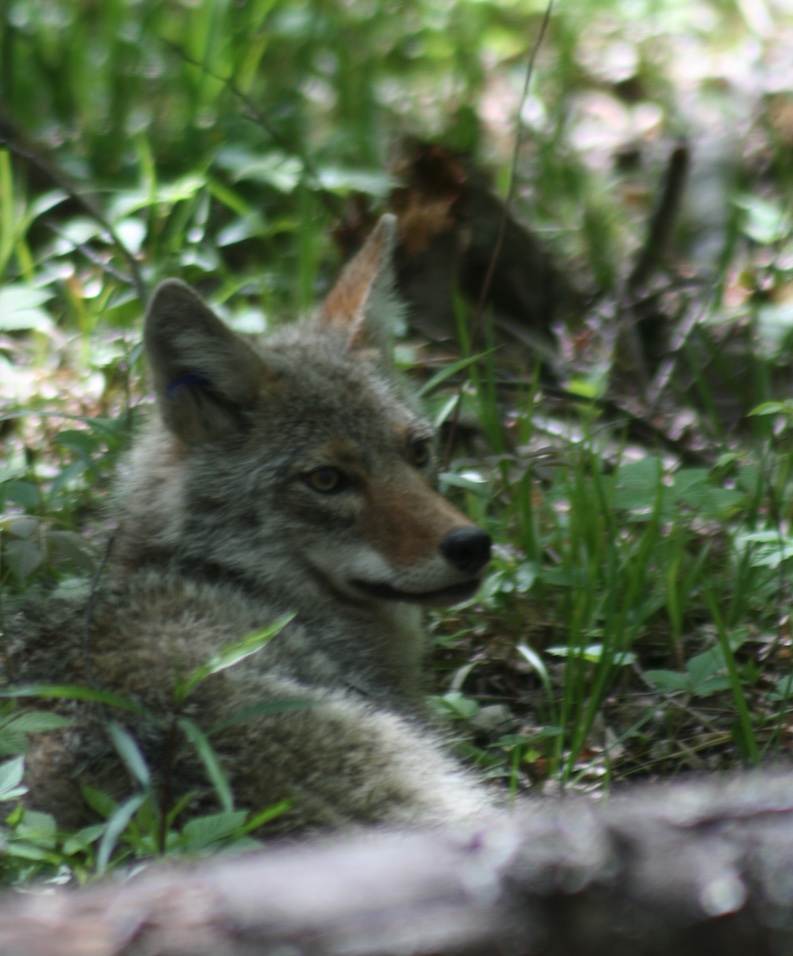
Photo: Jared Duquette
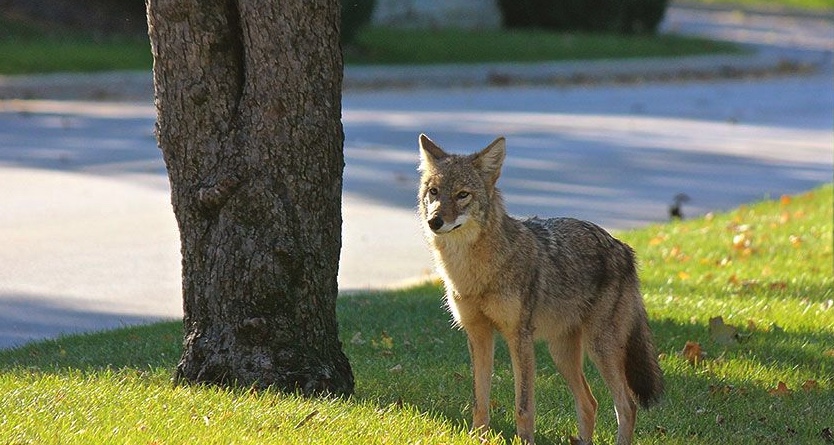
Photo: Michael Heimlich
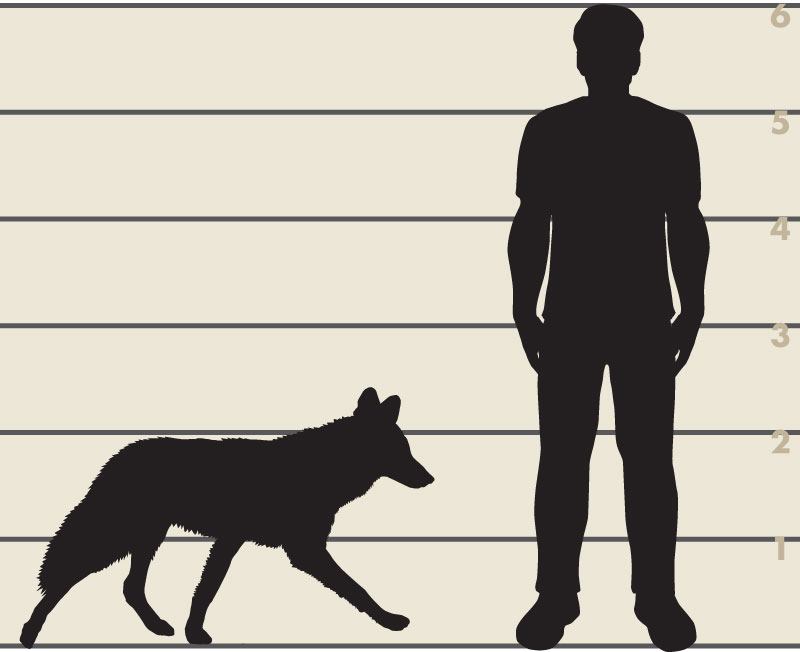
Illustrator: Lynn Smith
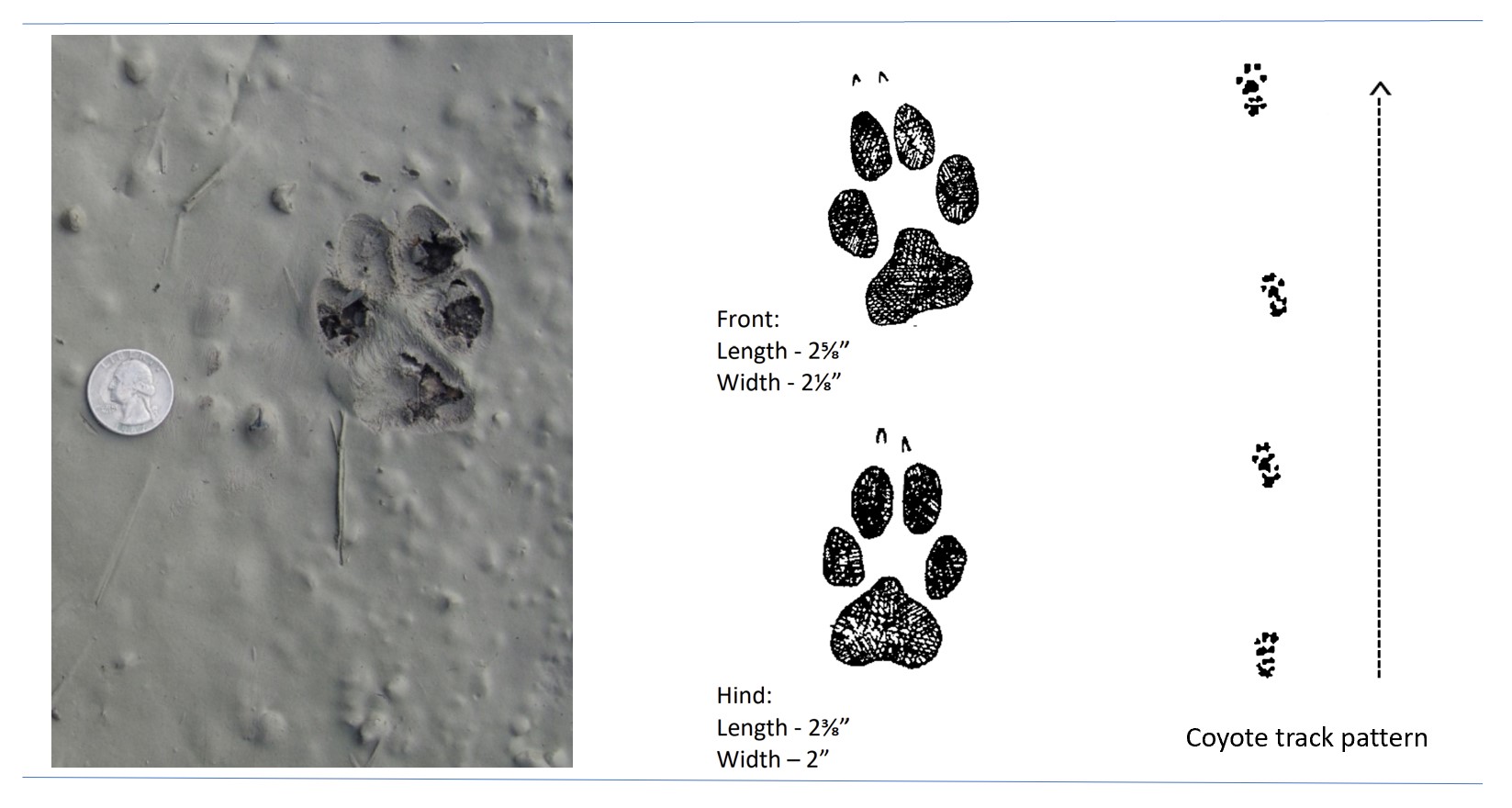
Photo: Bob Bluett and Illustrations: Dan Goodman
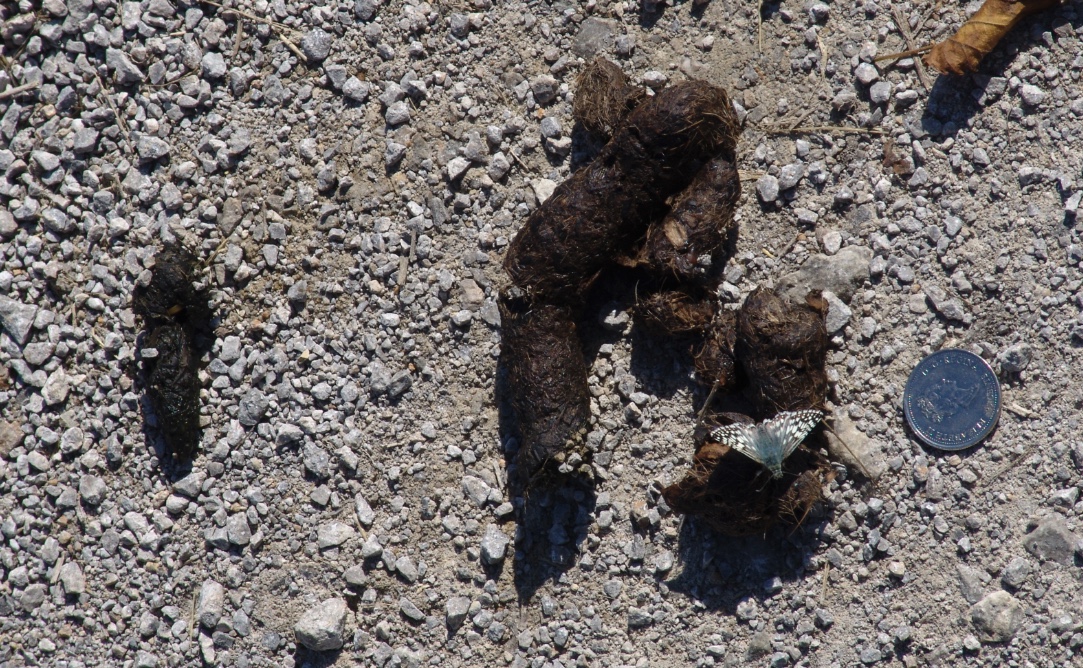
Photo: Bob Bluett
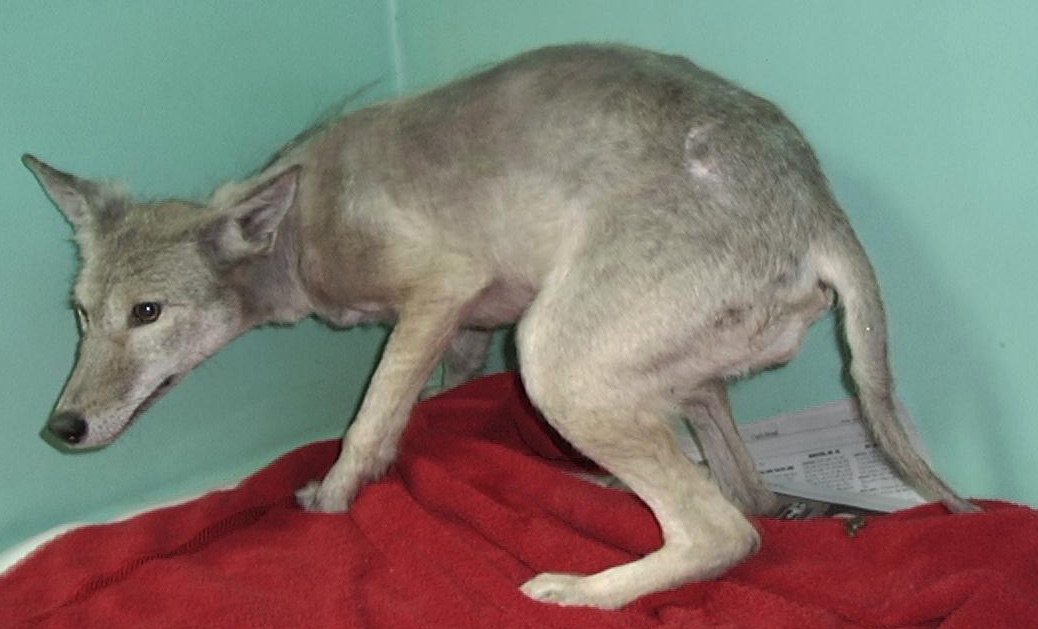
Photo: Willowbrook Wildlife Center
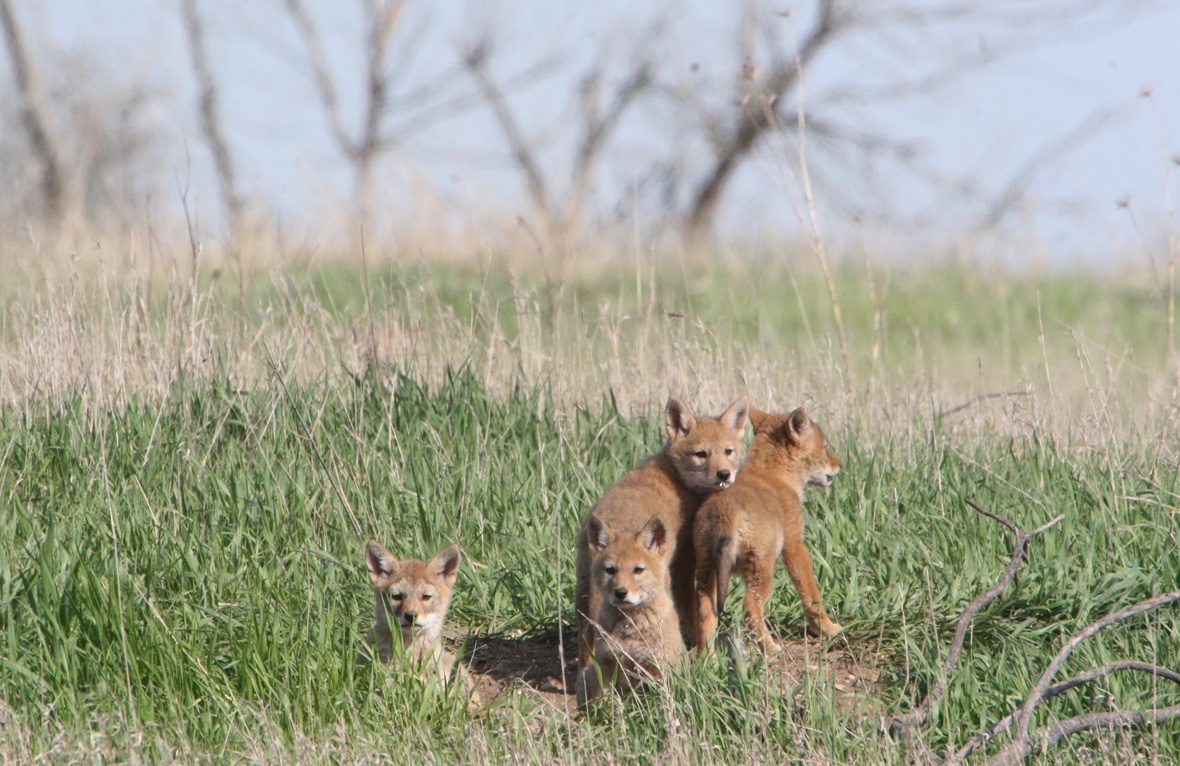
Photo: Forest Preserve District of DuPage County
The Wildlife Illinois website was authorized by the Illinois Department of Natural Resources (IDNR) in partial fulfillment of project W-147-T. The website was developed by the National Great Rivers Research and Education Center, 2wav, and the IDNR in partnership with the United States Department of Agriculture Animal and Plant Health Inspection Service Wildlife Services and University of Illinois Extension to provide research-based information about how to coexist with Illinois wildlife.